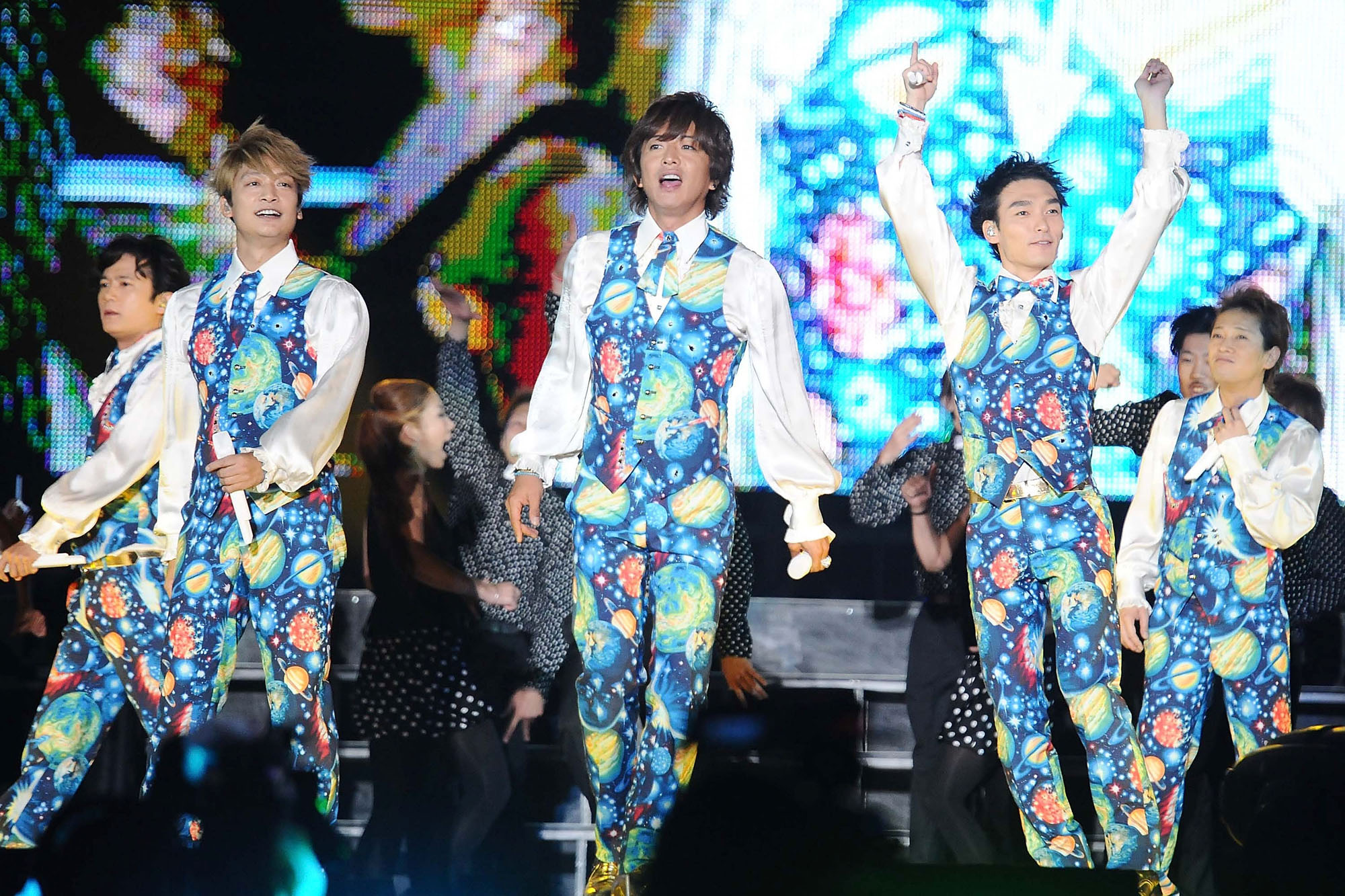This is the 10th in a series on influential figures in the Heisei Era, which began in 1989 and will end when Emperor Akihito abdicates on April 30. In Heisei, Japan was roiled by economic excess and stagnation, as well as a struggle for political and social reform. This series explores those who left their imprint along the way.
Poke around on social media in Japan and you'll encounter people who still can't get over the breakup of SMAP. The pop unit called it quits at the end of 2016 after months of rumors, awkward televised apologies and more. But many can't let go of the most successful male idol group the Heisei Era — which is slated to end this month — and continue to share favorite songs and clips of the outfit on sites such as Twitter, where they sit alongside angry remarks from those upset with talent agency Johnny & Associates for allowing SMAP to dissolve.
However, that connection makes sense because SMAP was arguably bigger than pop music. The five-person lineup — consisting of Masahiro Nakai, Takuya Kimura, Goro Inagaki, Tsuyoshi Kusanagi and Shingo Katori, in addition to Katsuyuki Mori, who left in 1996 to pursue a career in auto racing — sold millions of singles and albums and also appeared in movies and on TV shows. The group hosted numerous programs, including the long-running "SMAPxSMAP," which often started as a cooking competition before pivoting into a musical segment featuring guests ranging from Lady Gaga to Stevie Wonder. The outfit was omnipresent, setting the groundwork for how idoldom worked in the Heisei Era — both at home and abroad.


















With your current subscription plan you can comment on stories. However, before writing your first comment, please create a display name in the Profile section of your subscriber account page.